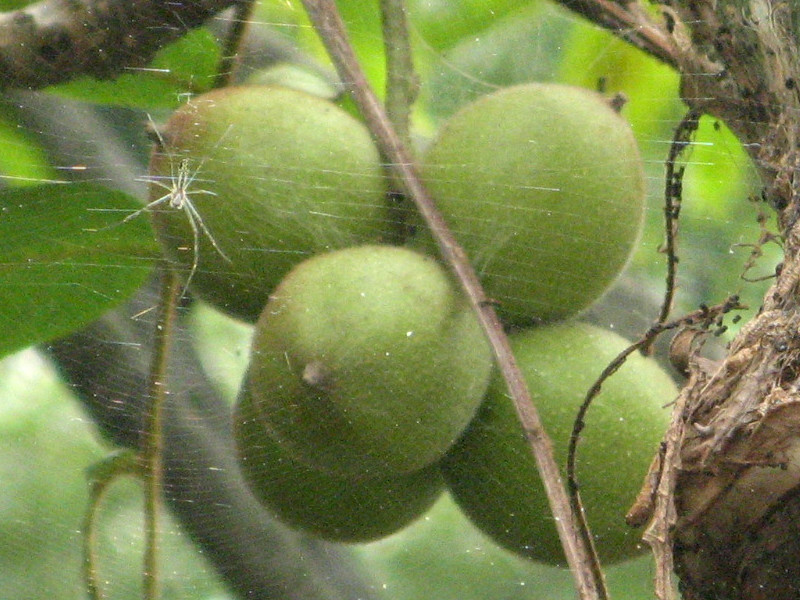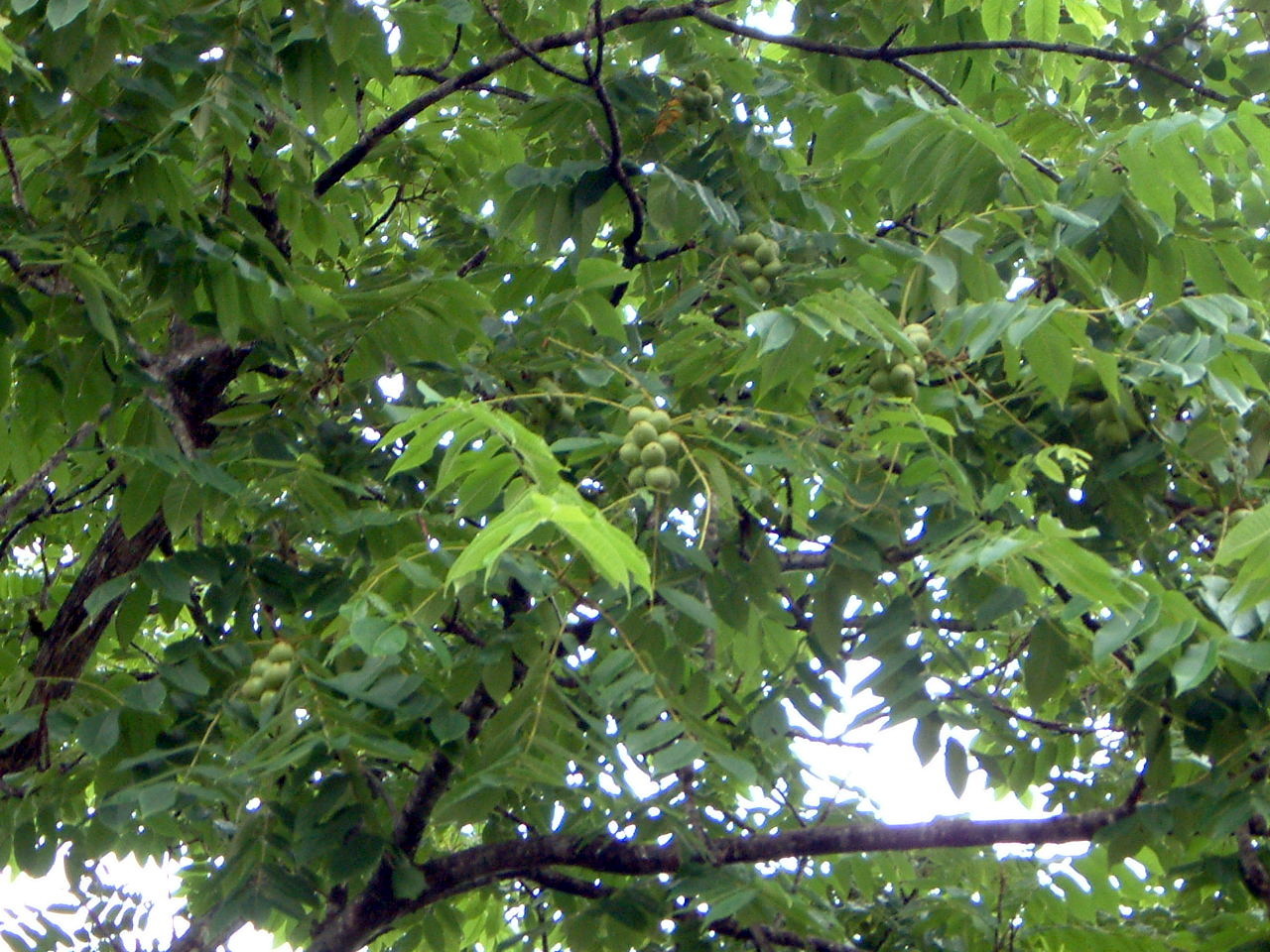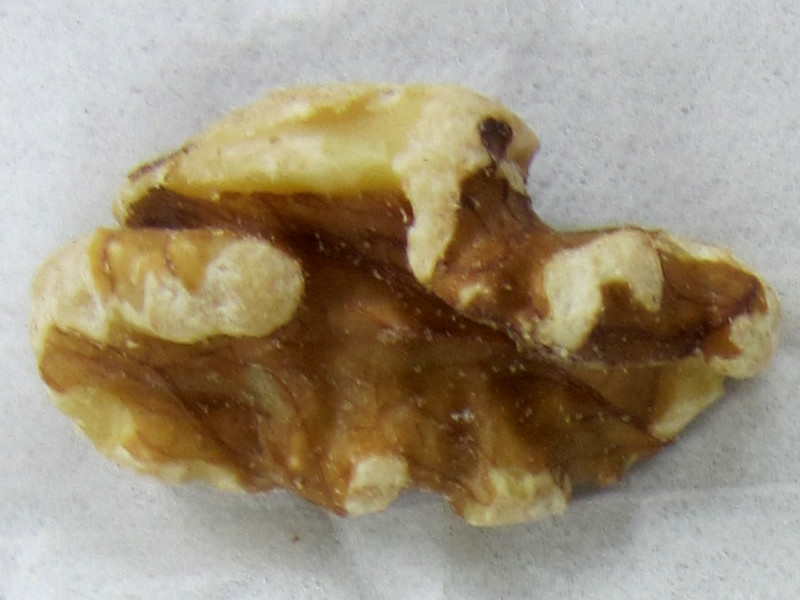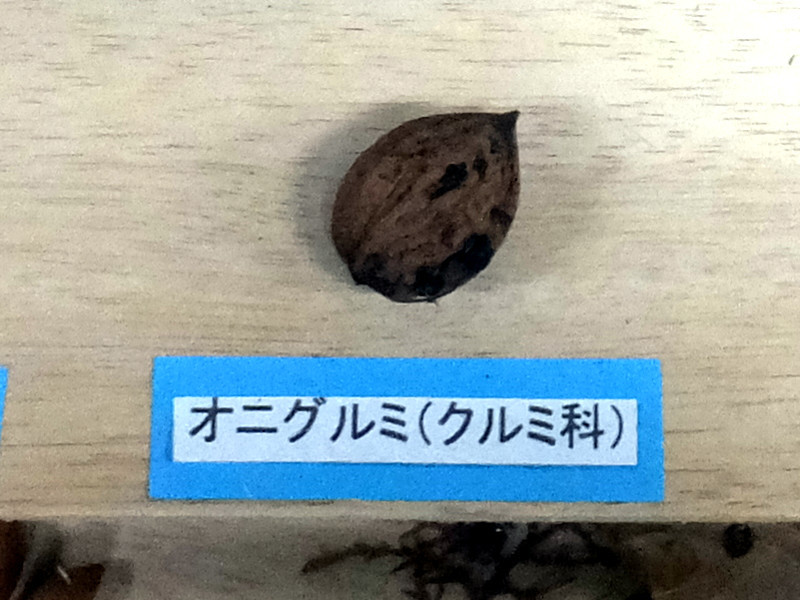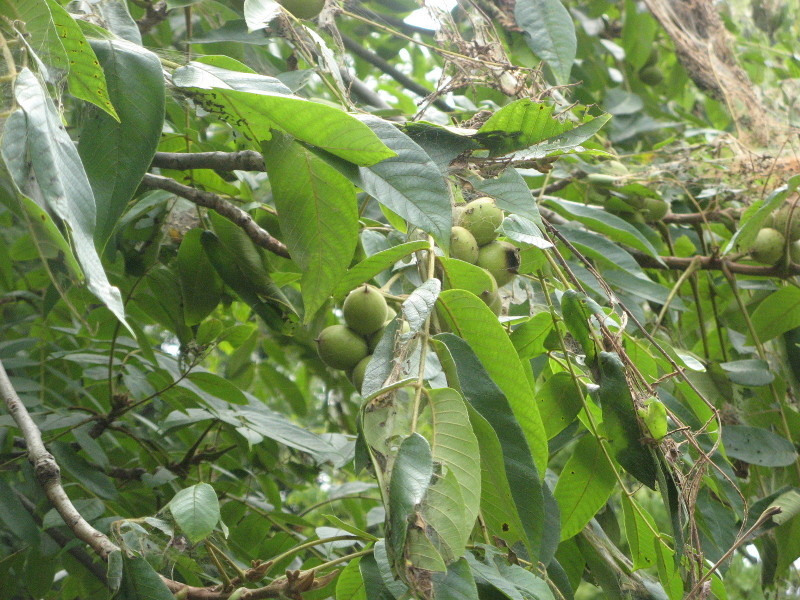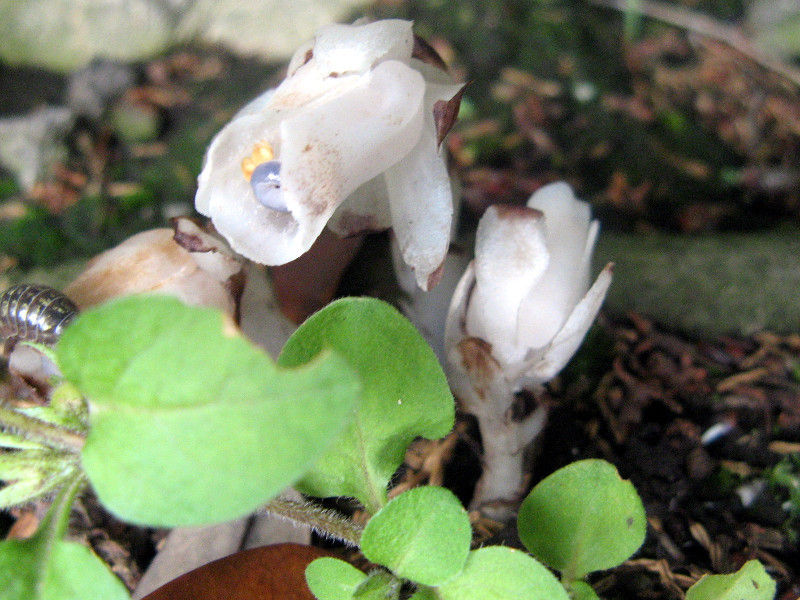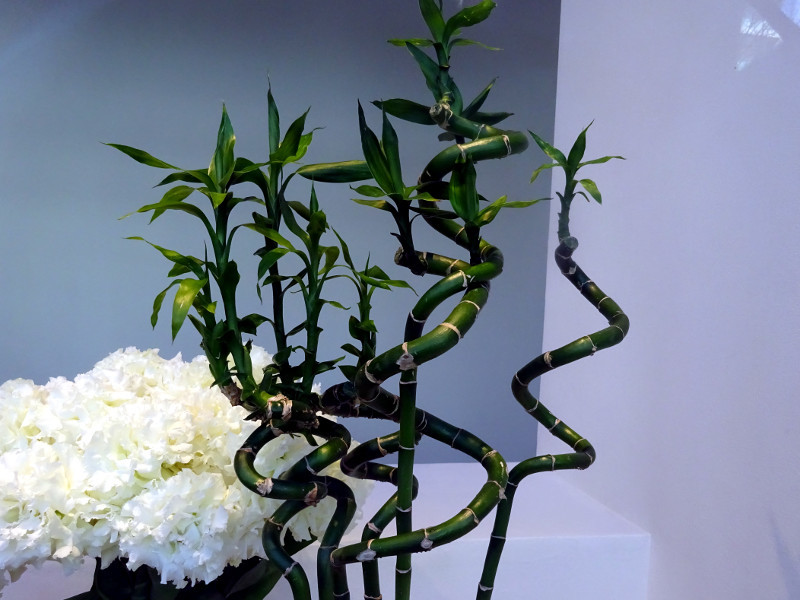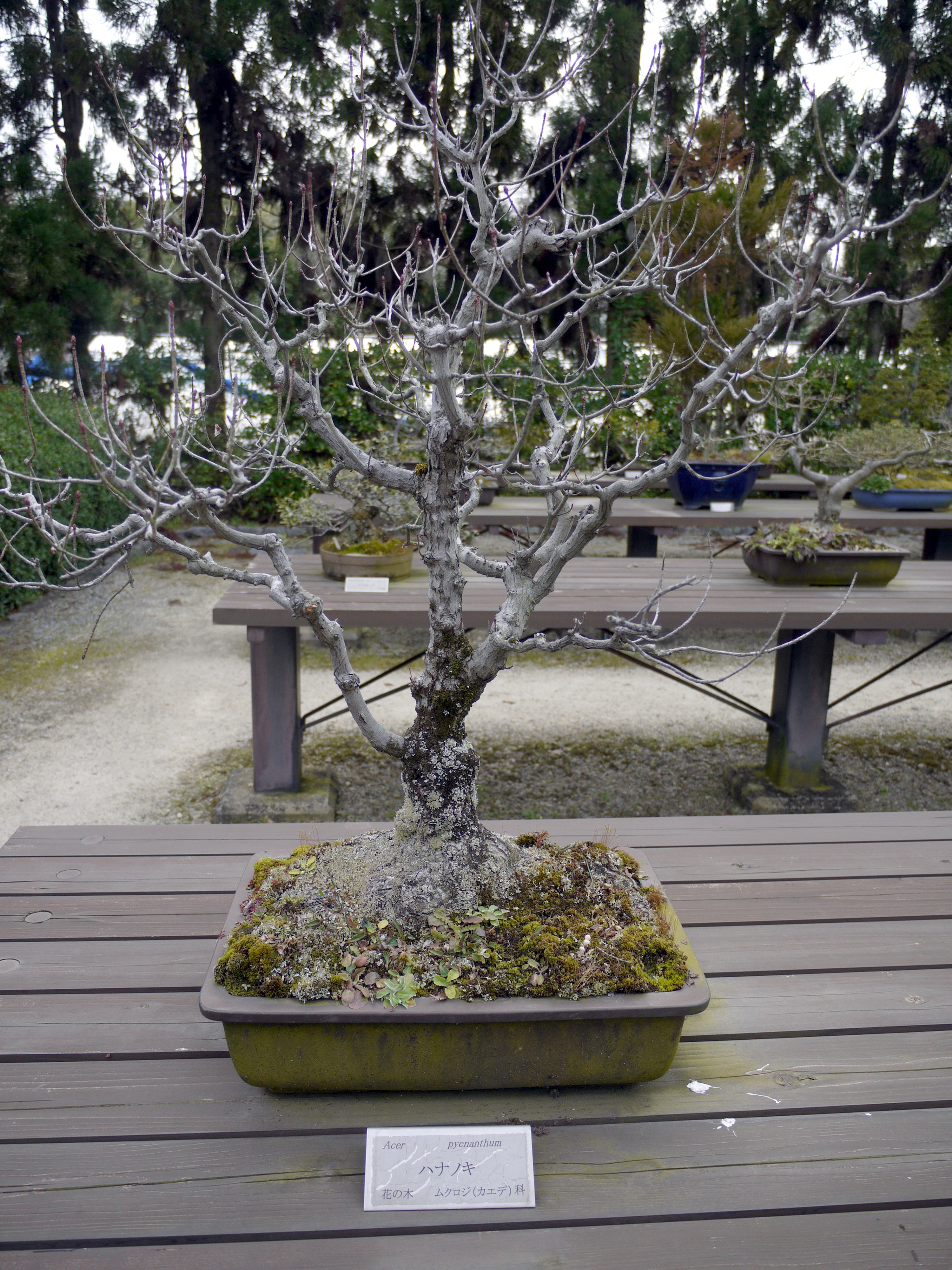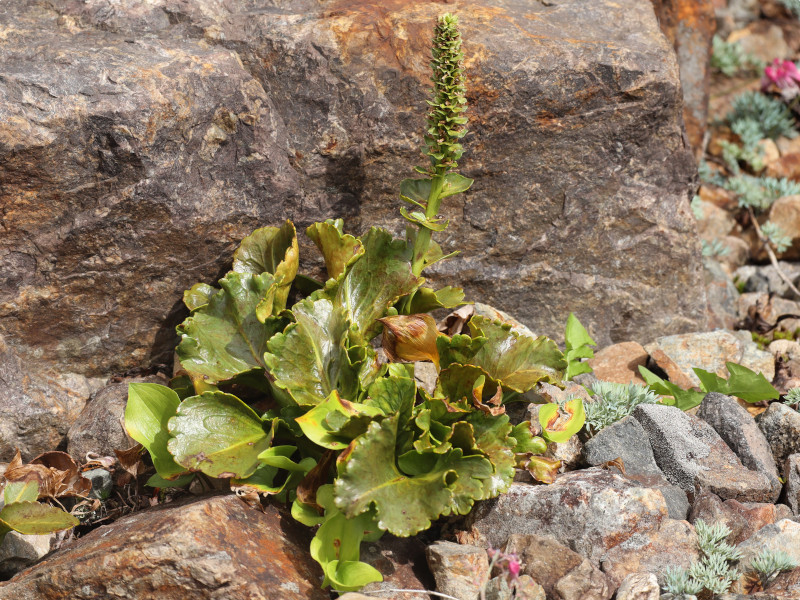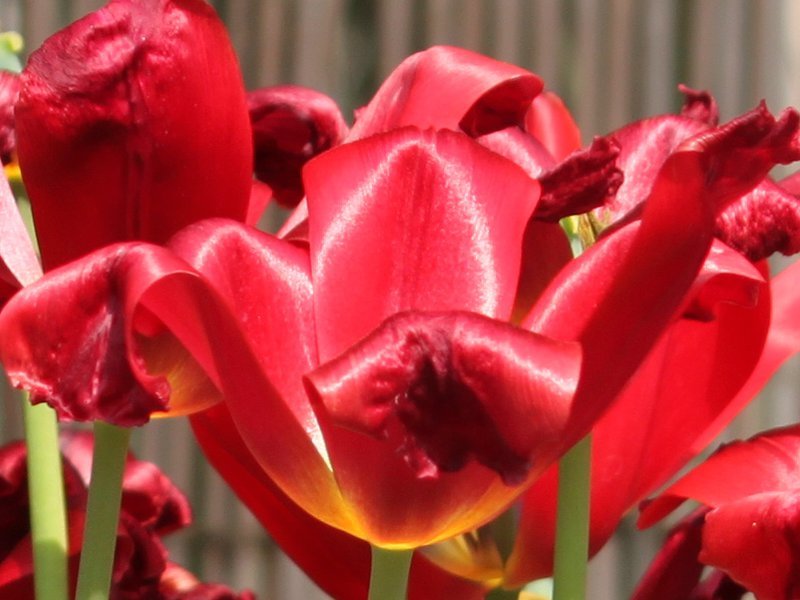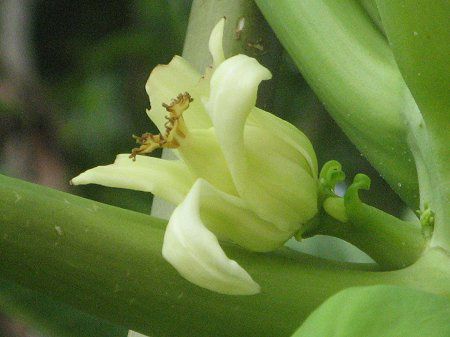Oni-gurumi
- Flower nameOni-gurumi
- Scientific nameJuglans mandshurica var. sachalinensis
- Aliasクルミ, Japanese walnut, 鬼胡桃, 胡桃, ウォルナット, Walnut
- Place of originJapan
- Place of floweringLow mountains
- Flowering seasonMay, June
What is Oni-gurumi
Oni-gurumi, or Japanese walnut, scientific name: Juglans mandshurica var. Sachalinensis, is native to Japan, and it is a deciduous tree of "Walnutof in the Juglandaceae family. The shell is hard and it can be not taken out the fruit (core of kernel) without using a tool like a walnut splitter. Speaking of walnuts in Japan, it is this. The application is wood called "Walnut", which is considered to be "nuts of the world" and "the world's top three best wood" along with mahogany and teak. Walnut is woody and is used for high-end furniture, firearms and crafts. The main production areas of nuts are California and China, but Nagano Prefecture is famous in Japan.
Common name: Oni-gumi , Scientific name: Juglans mandshurica var. Sachalinensis, aka: walnut , Place of Origin: Japan, Habitat: Hokkaido to Kyushu, Environment: Along the river in the mountainous area, Producing location: Nagano Prefecture in Japan, California (US) and China abroad, Living type: Deciduous tree, Tree height: 7 to 20 m, bark: dark gray, with cracks longitudinally, leaf shape: odd binary leaves, phylogeny: alternation, leaf length: 50 cm, petiole: with, leaf edge: fine serrated, female and female, flowering stage: May to June, Petal: No, Male inflorescence length: 20 cm, Female inflorescence length: 10 cm, Female navy blue: Red, location of female flower: 10 spikelets at the tip of a branch, How to bloom male flower: Tufted, hanging , Fruit type: Nut, Fruit diameter: 3 cm, Fruiting stage: September to October, Application: Seeds are nuts Trees of fine wood walnut, shell is kneaded into the rubber of studless tire, nutrients: lipids, vitamin E, minerals, Remarks: need a nutcracker device to crack the hard shell to take out the seeds, anemophily.
